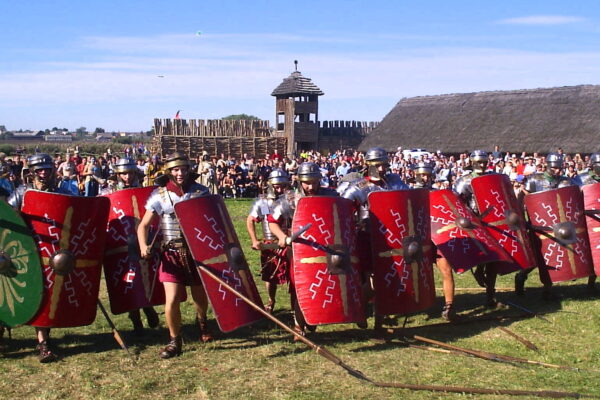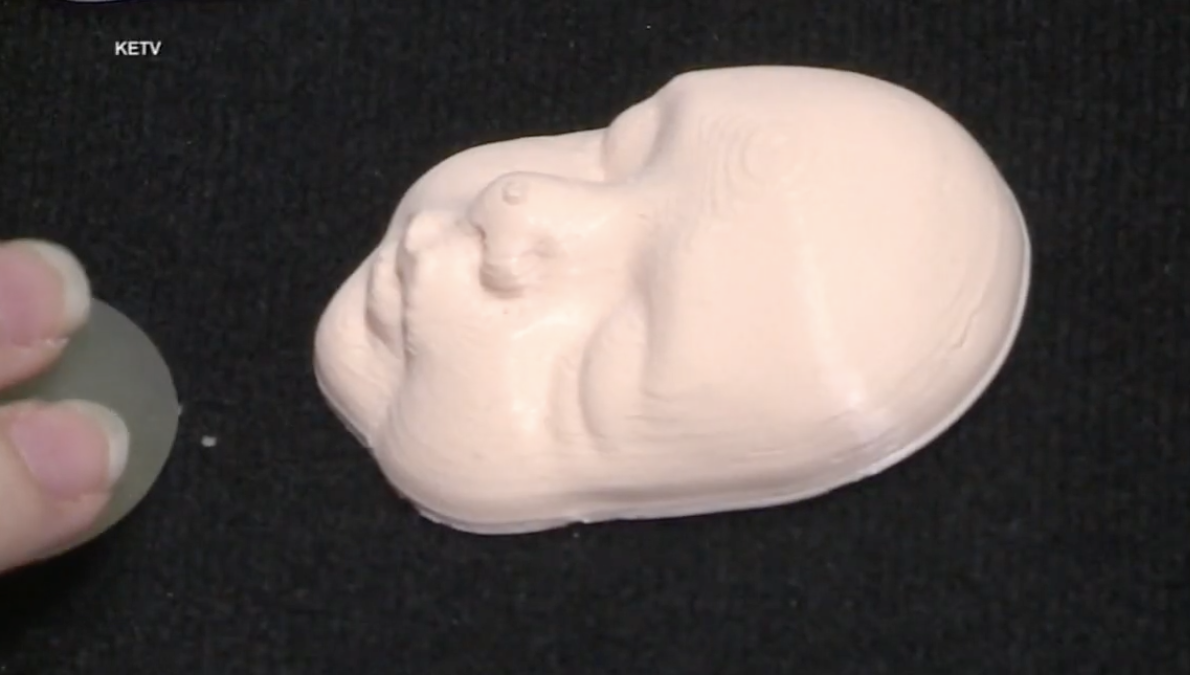
One of the rarest archeological finds ever will soon be seen up close by the public. The world’s oldest and only fully-intact Roman body armour from nearly 2000 years ago, thought to have been worn by an unlucky legionairy captured at the famous Battle of Teutoburg Forest, will make its showing at the Kalkriese Museum before being lent to the British Museum next year. Experts have spent nearly three years restoring the ancient artifact.
Headlined “Cold Case — Death of a Legionary,” writes The Sunday Times, the exhibit will explore what happened to its original owner.
Stefan Burmeister, the Kalkriese museum director, believes the most plausible explanation is that the soldier was subjected to a ritual. That would chime with the account of the Roman historian Tacitus — who described the battle in his Annals, a history of the Roman empire — telling of centurions’ heads being found nailed to trees after the battle, and of bone pits, according to The Times.
The theory of a ritual sacrifice is backed by the discovery of a Roman “shrew’s fiddle”, a form of pillory in which the wrists are locked in an iron board placed around the neck, near the shoulder and neck area of the cuirass.
An undamaged Roman pilum or javelin was found nearby, along with the scabbard of a dagger and the remains of a mule with its harness intact. The armour was pierced in the lung area but the hole may have been caused by corrosion rather than a blade, said Burmeister.
“I still favour the theory of a triumph ritual because we know of such rituals from other battles,” Burmeister, an archaeologist, said. “But there are other factors that don’t fully support the theory. It remains mysterious.”
The armour was found with its buckles unfastened, which does not fit the image of a legionary being subjected to a ritual. However, the discovery of high levels of phosphate inside the armour indicates that it was worn by a soldier who then decomposed.
Another theory, Burmeister mentions is that there were so many dead Romans following the battle that the victors simply left the armor there to rest for centuries.
The Battle of the Teutoburg Forest was a major conflict between Roman forces and Germanic tribes in September of 9 AD. The Roman army, led by General Publius Quinctilius Varus, was ambushed and crushed an army made up of allied Germanic tribes led by Arminius, a chieftain of the Germanic Cherusci tribe. This battle is considered one of the most significant drubbings in Roman military history.
The battle was fought in the Teutoburg Forest, a range of low, forested hills in the modern-day states of Lower Saxony and North Rhine-Westphalia in northern Germany. The Germanic tribes deployed their knowledge of the terrain to their advantage and launched a stunning surprise attack under the cover of the forest. Unfamiliar with the battlefield terrain, the Romans could not mount an effective defense and were slaughtered.
The aftermath of the battle was devastating for the Roman Empire Roughly 20,000 soldiers were killed and Caesar August was forced to abandon plans to expand his growing empire into Germania.
Some scholars argue that the battle helped shape German identity by fostering a sense of unity among the various tribes that participated in the battle.
The leader of the tribal alliance, Arminius, but known throughout German as Hermann, played a pivotal role in the Battle of the Teutoburg Forest. Born into a noble family but taken captive and raised in Rome as a hostage, he received a Roman education and military training that eventually led to his massive victory.
Hermann’s legend has only grown over time, and he became a symbol of Germanic resistance against foreign invaders. Today, he is celebrated as a national hero in Germany, and his legacy continues to inspire pride and patriotism.
The Roman cuirass was found by archeologists in 2020. “Before this find,” notes one history blog, “the earliest known examples of Roman lorica segmentata — iron plate sections tied together — were found in Corbridge, UK, and date to the 2nd century. Those were fragments. The Kalkriese armor is a complete set, and includes an extremely rare iron collar used to shackle prisoners.”










Reproduce armor, replicate for other Museums alone Find more
Tie to 2000 movie Gladaitor, other Roman era movies from 60s